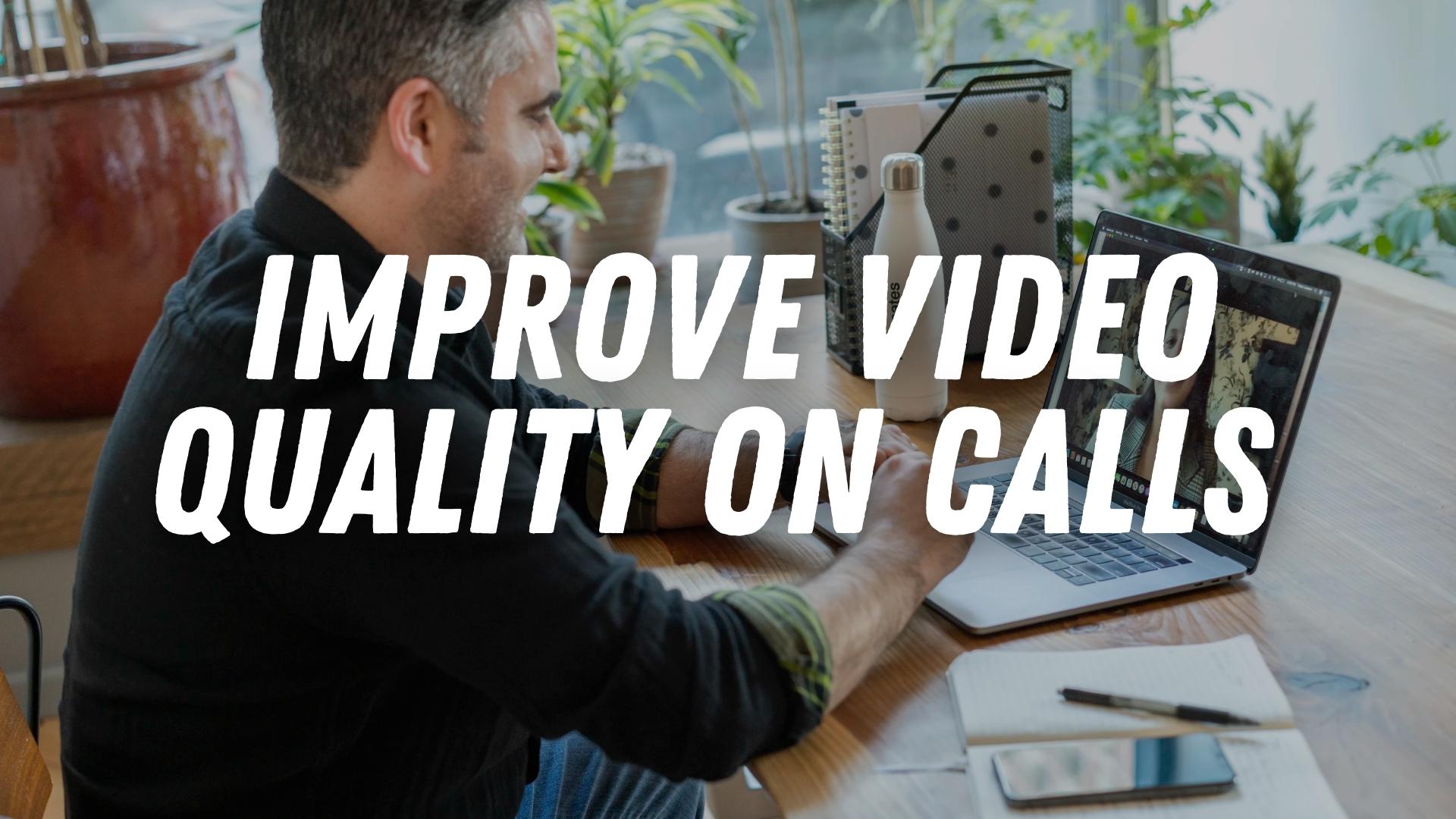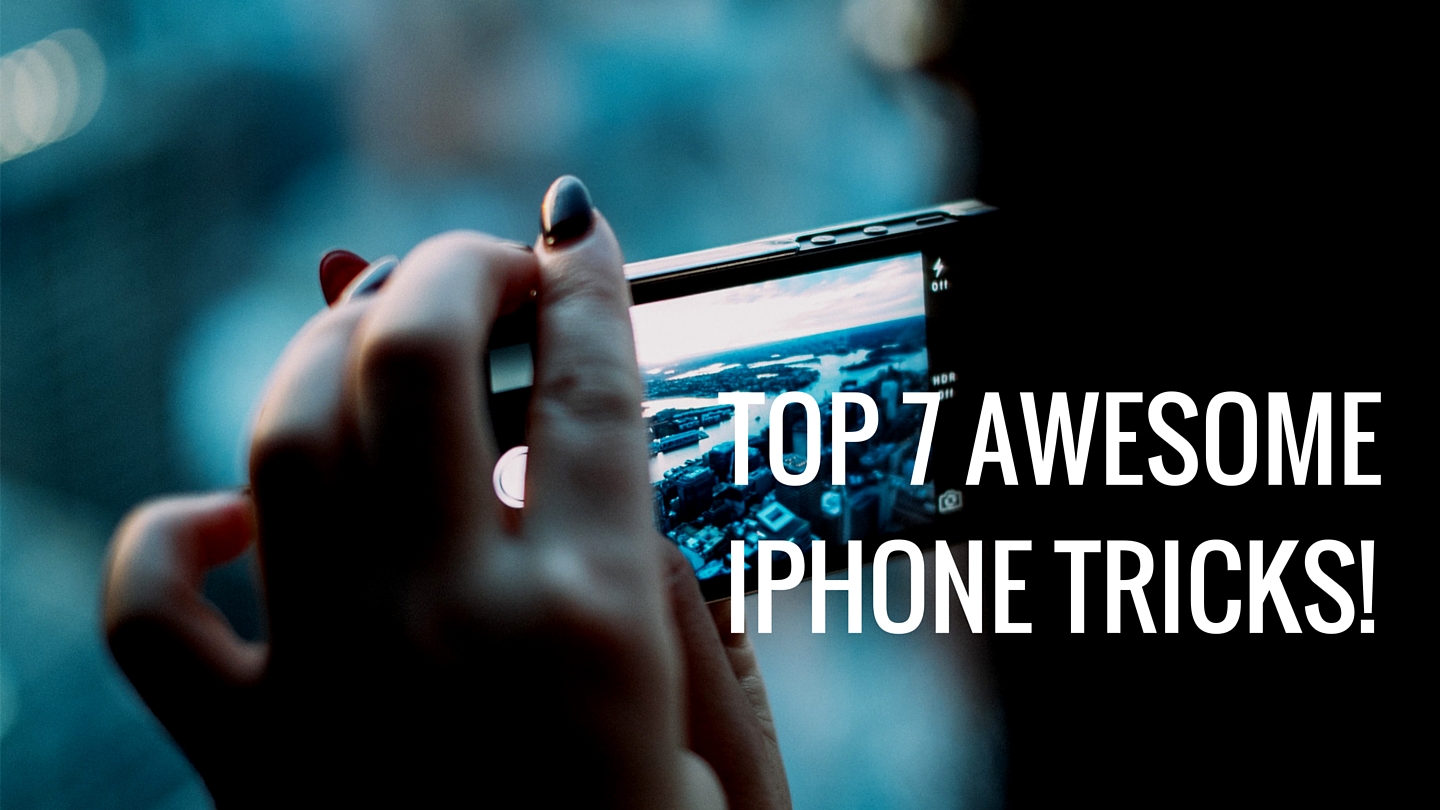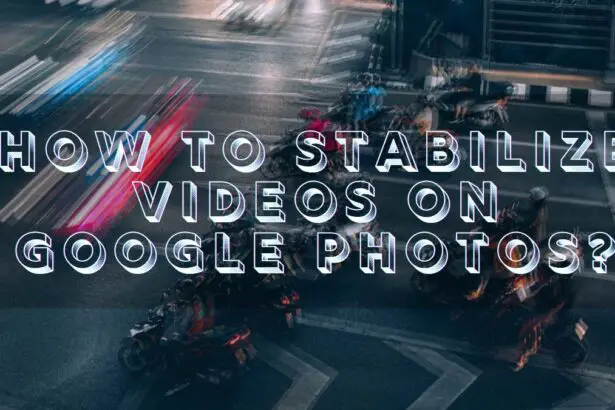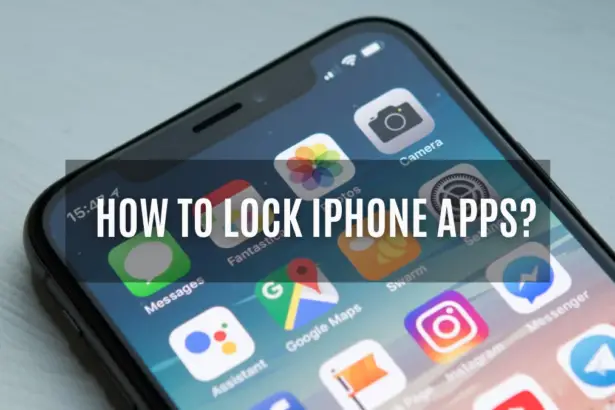In today’s virtual and distant world, video conferencing is becoming an increasingly important aspect of our daily lives. Professionals and teams are embracing video to get their job done and portray themselves and their organizations in the best possible way, from participating in daily Zoom meetings to conducting virtual fundraising events with compelling media.
While you can get by with only using your built-in webcam and microphone, you and your team can take a few easy steps to make your video conferencing tools and setup appear and sound more professional. The same applies to modern online tutoring where teachers and learners must establish the most ideal setup for the most effective content delivery.
We’ll show you how to optimize your audio, camera, lighting, and frame for video conferencing so you can put your best foot forward. We also make tool suggestions at various pricing points.
Audio is everything
Audio quality is the first and most critical component of a successful video meeting. When people can’t hear you well, great visual quality doesn’t matter as much. After all, video conferencing is all about communicating, therefore audio should always take precedence.
Using headphones instead of your computer’s speakers is the quickest and easiest approach to reduce any audio problems and thereby enhance the audio quality for everyone at your video conference.
Headphones will help you avoid any potential speaker issues. If you don’t use headphones and instead utilize the computer’s speakers to hear other people in the conversation, your computer microphone may pick up the sound of their voices and mistakenly believe you’re speaking. As a result, a feedback loop is created.
Most video conferencing software has excellent audio background processing that filters out any sounds that aren’t your speech, but this isn’t foolproof. If your speakers are too loud, the program won’t be able to tell the difference between your voice and the people on the call. You may have previously encountered this problem: two individuals on a video conference call begin speaking at the same time, and no one can comprehend what is being said since the noises get warbled. When only one person speaks at a time, the problem will be solved. However, if everyone on the call uses headphones, you eliminate this issue entirely, and everyone has a much better experience.
Invest in the right camera
After you’ve taken care of your video conferencing call’s audio quality, the next step is to focus on visual quality and improve your setup.
Using your device’s built-in webcam is, of course, the most accessible choice. Onboard webcams, on the other hand, are not all created equal; some provide higher-quality photos than others. Because of their limited resolution and inability to efficiently resolve details owing to their tiny lenses and sensors, many webcams installed into computers, tablets, and phones are sadly less than ideal.
If you don’t have the funds to replace your webcam, you may improve the quality of your image by adjusting other factors, particularly illumination.
When looking for an excellent webcam, keep the following in mind:
- For enhanced details and a clearer image, use a resolution of 1080p or 4K (2160p).
- For smoother and more fluid action, a minimum of 30 frames per second is required.
Take care of lighting
Even when you’ve upgraded to a better camera, is the video quality still poor? Lousy lighting will result in poor images, regardless of how good your camera is. In cinematography and photography, lighting is the most important factor.
Because everyone’s house or workplace has a distinct light setup, some will take minimal effort to obtain superb lighting, while others will demand more. However, you should be able to improve your lighting settings without breaking the wallet for the most part.
3 essential lighting principles
- Size: A larger light source is more flattering than a little one. To improve your image, use greater sources of light.
- Type – A direct light source produces sharp shadows, but a diffused light source produces soft, flattering light.
- Color – Using different colored lights to produce a picture will usually result in an odd effect. The idea is to keep color variations between light sources in the space to a minimum.
Using these ideas, you may enhance the lighting in your films right away by doing one thing: using natural light.
Make adjustments to your framing
Last but not least, the location and framing of your camera have a significant impact on the perception of video conferencing quality. The majority of video meetings take place at a table with a laptop in front of them. Because the computer is at a considerably lower angle than eye level, it can result in a chin festival, which is unflattering for anyone.
Raising the camera to eye level is the easiest approach. Not only will this present your face in the finest light and perspective possible, but it will also appear more natural to people at your video conference, as they will be able to view your background rather than your ceiling. To lift your computer to the right height, you may use a laptop stand or even a stack of books.





![How To Lock WhatsApp Chats With Secret Code? [Step-by-Step Instructions]](https://true-tech.net/storage/2025/03/July-2024-615x410.jpg)


